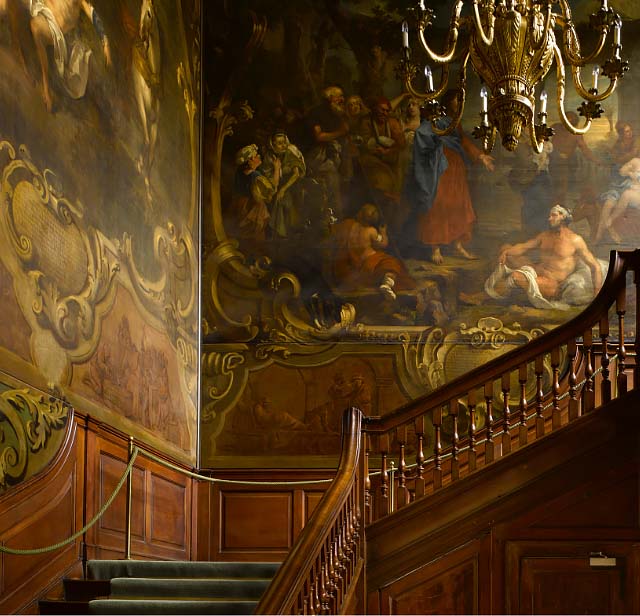St. Bart's Hospital Museum
The museum, based in a working hospital in the City of London, exhibits objects and archives dating back to the 12th century, from the hospital's unique historical collections, and gives visitors the opportunity to view two vast and spectacular paintings by William Hogarth. Visitors can also enjoy the famous 18th century hospital square, designed by James Gibbs.
Displays include original and facsimile archives dating back to the 12th century, among them the agreement between Henry VIII and the City of London which refounded the hospital. Henry’s signature can be seen in the top left-hand corner. This magnificent document, complete with the Great Seal of Henry VIII, is one of the most important treasures of the hospital.
The oldest document in the hospital archives is Rahere’s grant of 1137, and a facsimile can be seen in the museum. Sealed in the presence of Rahere, the founder of St Bartholomew's, this deed has remained in the hospital ever since, except perhaps during the Fire of London in 1666. Visitors to the museum can enjoy a short film about the life and travels of Rahere, and how he came to found the hospital which still operates from the same site in Smithfield today.
Objects from the hospital’s unique historical collections are also exhibited, including works of art, and surgical and medical equipment used in the hospital. Visitors can view a case of amputation instruments which belonged to John Abernethy, surgeon to the hospital in 1815-27, and the tools of the apothecary’s trade, including pill-making equipment, scales and drug bottles.
Visitors can learn about William Harvey, physician to St Bartholomew's from 1609-43 and discoverer of the circulation of the blood. The patients’ diet in earlier times is explained, and a volume of 19th century drawings and watercolours illustrates in graphic detail particular diseases and cases. Equipment used by nurses in their work is exhibited, such as feeding cups, a hypodermic syringe and items of uniform. The hospital’s role in the training of medical students is also covered.

